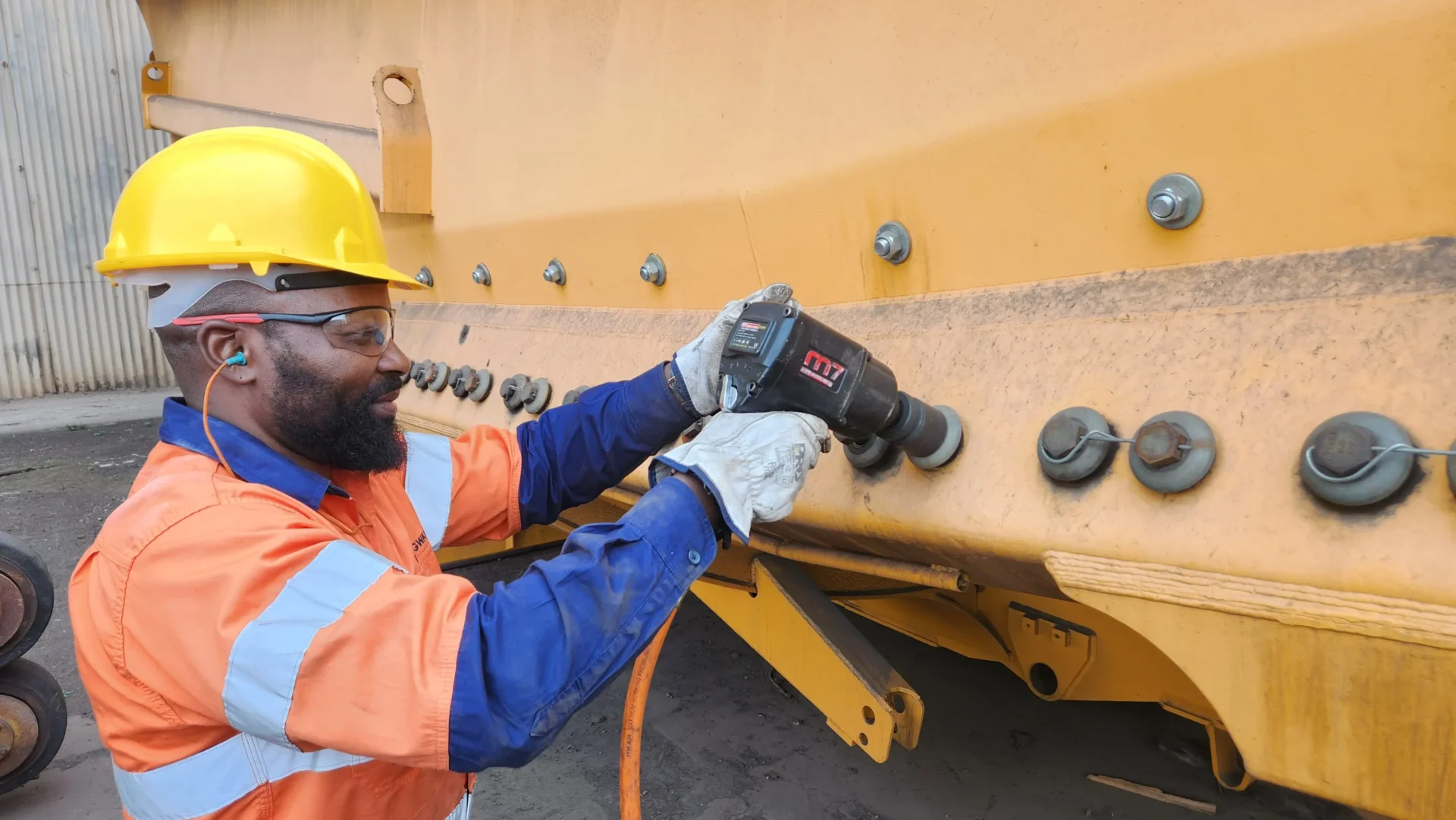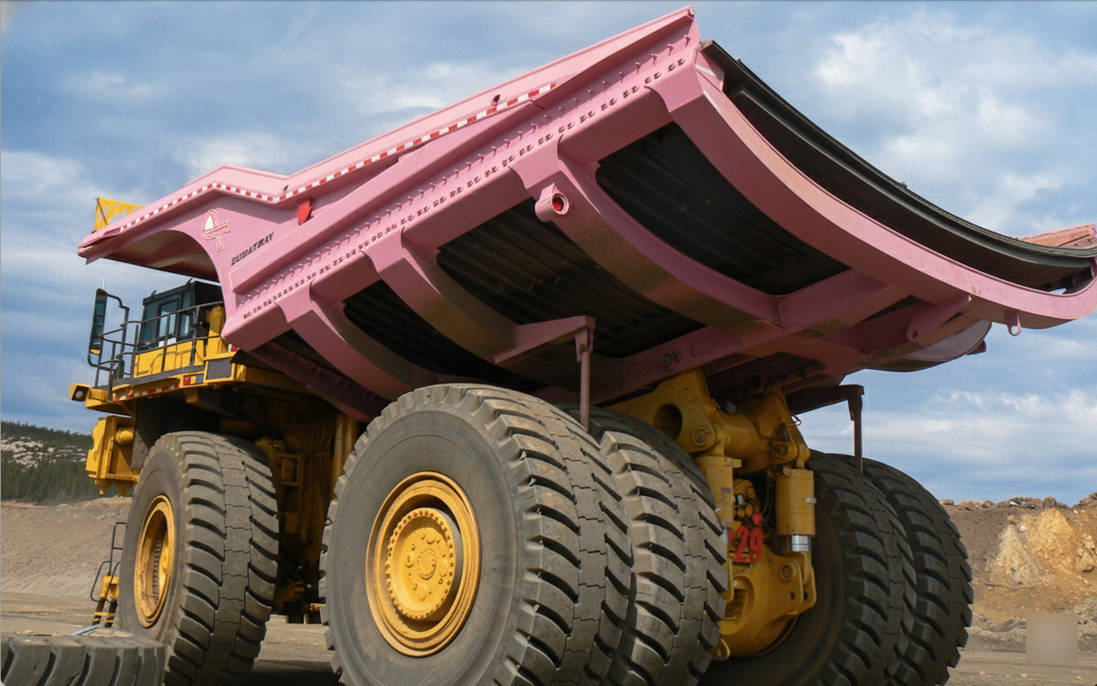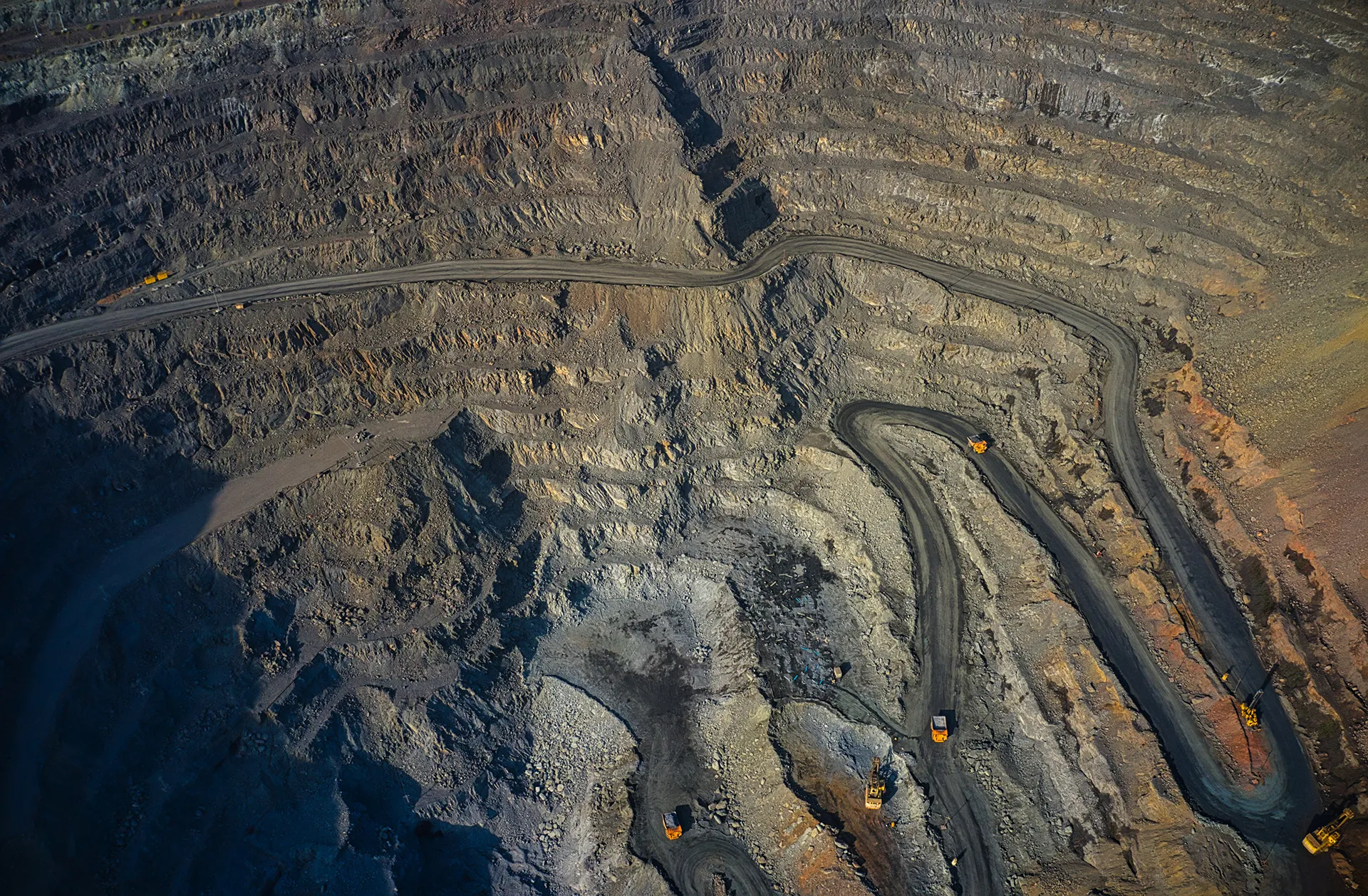
Noticias
The Tray is Everything: The Ultimate Strategic Guide to Operational Optimisation Mining
Octubre 16, 2025
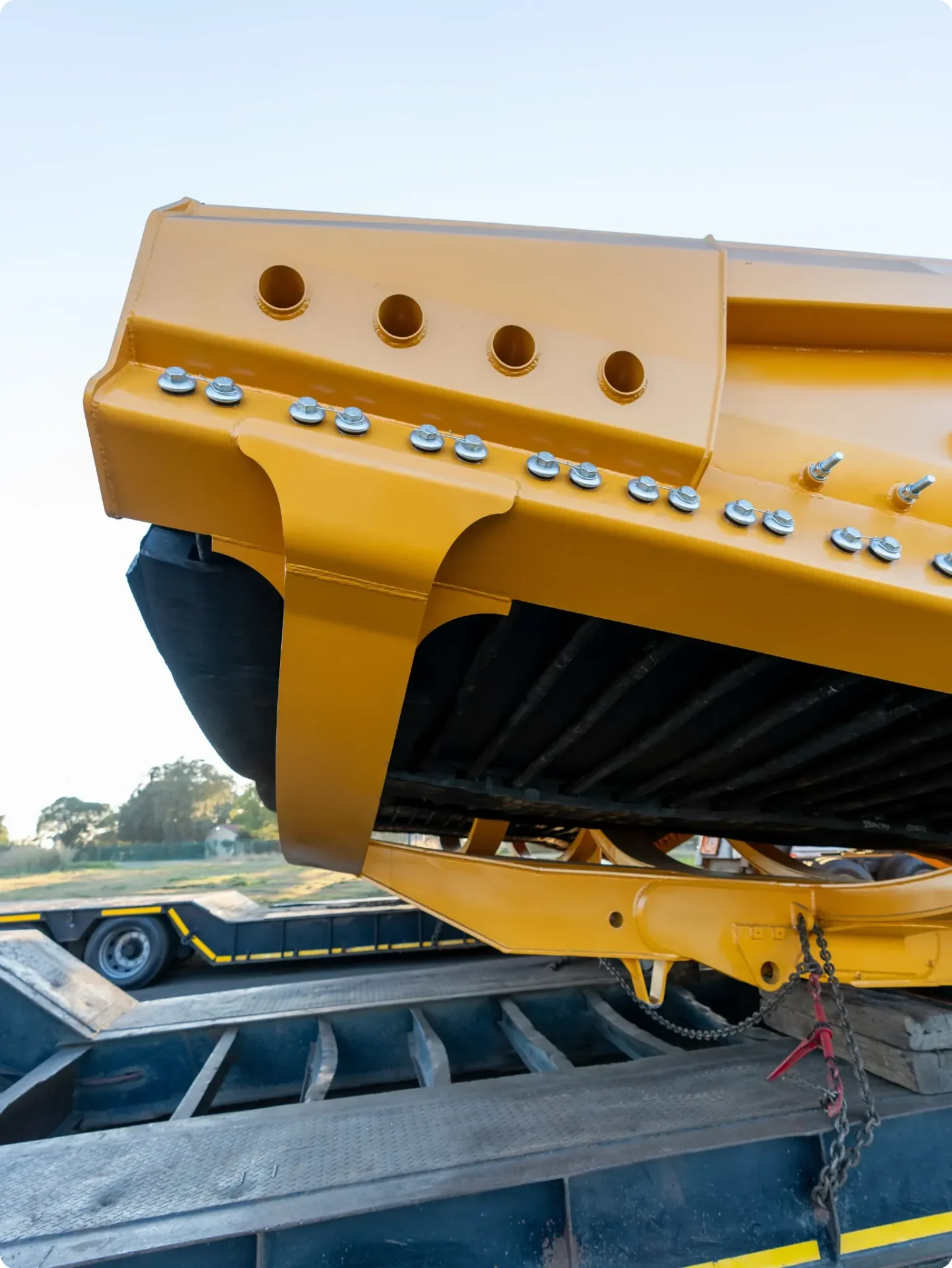
Introduction
In modern mining, efficiency is everything. Under constant pressure to increase output while controlling costs, every step, from the blast to the dump, is analysed to cut waste and boost performance. Big money goes into extraction and processing plants, but some of the biggest and most transformative gains are hiding in plain sight: the haulage cycle. This repetitive, high-volume process is the circulatory system of any surface mine. Small delays, minor inefficiencies, and overlooked performance drags here don’t just add up; they compound, creating major operational and financial losses over time.
We often overlook the dump tray, treating it as a simple, passive steel box designed to do one thing: hold rock. This article argues that the tray is not a passive component but the active, critical heart of the haulage cycle, and the key to unlocking major improvements. We’ll take a deep dive into the suspended dump body (SDB) and show how this technology is a fundamental game-changer. Using real-world data and case studies from mines around the world, we’ll demonstrate how the SDB improves everything from payload integrity and truck uptime to operator health and overall site logistics. This isn’t just about bolting on a new piece of equipment; it’s a new strategy for making one of your most capital-intensive processes run better, faster, and cheaper.
The Dump Body: The Real Bottleneck in Haulage
To see why the SDB is so valuable, you first have to see the inherent problems baked into the design of a standard rigid steel dump body. For years, it’s been the go-to solution, the accepted industry standard. But its design creates constant, unavoidable friction in the operation, acting as a bottleneck that throttles the potential of the entire haulage fleet.
A standard steel body fights against the very job it’s supposed to do. Its design philosophy is one of brute force and resistance. It’s built to withstand massive impacts by being incredibly rigid, but this rigidity means it transfers impact shock and vibration directly into the truck’s chassis, driveline, and suspension components. This accelerates metal fatigue and causes premature wear and tear on the entire asset. Furthermore, its flat, unyielding steel surface is prone to adhesion. Wet, sticky, or clay-rich materials cling to it, causing significant carryback. In the tough, abrasive environments of mining, this rigid design succumbs to the pressure, leading to cracks, warping, and structural failure.
When a tray fails, it’s not a simple repair; it’s a major disruption that ripples through the entire operation, creating a cascade of negative consequences:
- Unplanned Downtime: A cracked tray is an immediate showstopper. It takes a high-value, revenue-generating asset out of production without warning, wrecking shift targets and causing chaos for planners and maintenance schedulers.
- Reduced Performance and Wasted Energy: Carryback is a permanent disease for a steel tray. It means the truck never hauls a full, optimised load. This creates a constant drag on productivity while wasting huge amounts of diesel hauling dead weight back to the pit.
- Increased Ancillary Work: The need for other machines: dozers, excavators – to clean out trays adds cost, complexity, and another potential bottleneck to the haulage loop. It pulls that equipment away from productive work like bench maintenance or dump management.
The suspended dump body, like the one pioneered by Duratray, is engineered from a completely different philosophy: absorption and release, not resistance. Its design is smarter. By using a robust steel frame with a thick, flexible rubber floor hanging from high-strength synthetic ropes, it manages energy and material in a fundamentally different way. It absorbs the impact energy of loading, dissipating it through the rubber and ropes instead of transferring it to the truck frame. Then, during the dump cycle, the floor flexes and contorts, actively dislodging sticky material and ensuring a clean release. This fundamental change from a rigid box to a dynamic system is the key to unlocking a new level of performance.
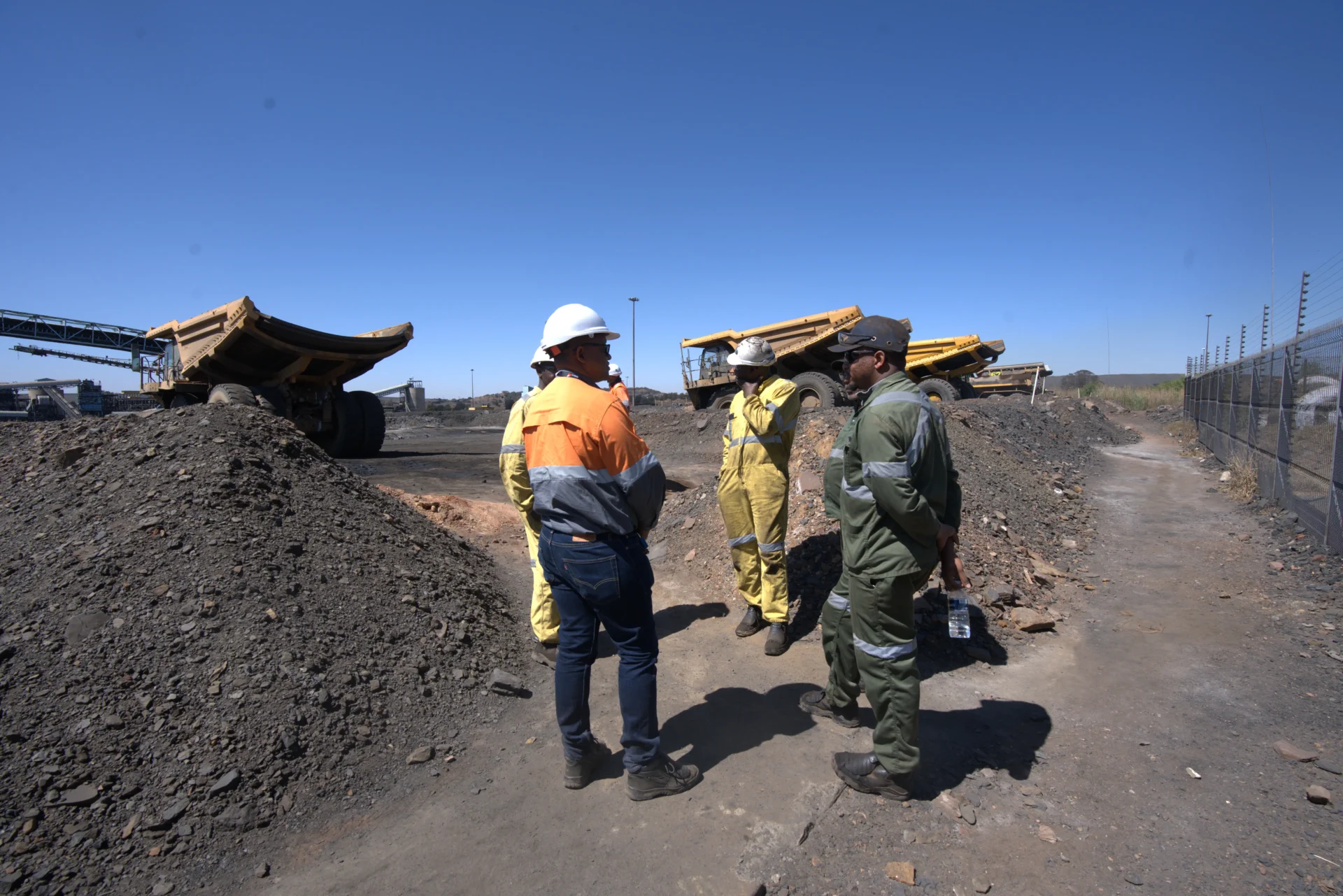
Pillar 1: Get More Uptime and a Longer Life from Your Assets
A smooth, efficient operation is built on a foundation of reliability. Unexpected equipment breakdowns wreck production schedules, burn through maintenance budgets, and strain support teams. The SDB’s biggest contribution to operational stability is its ability to deliver an exceptionally long, predictable service life, turning maintenance from a reactive fire drill into a planned, manageable activity.
Case Study: Predictable Operations at Ekati Diamond Mine
The true test for any piece of mining equipment is how it holds up in the most extreme conditions. The Ekati Diamond Mine in Canada’s Northwest Territories is one of the toughest operating environments imaginable. With ambient temperatures dropping to -50°C, steel becomes brittle and prone to fracture. The ore itself, highly abrasive granite kimberlite, acts like industrial-grade sandpaper that chews through conventional steel components.
The mine’s initial experience with standard-issue steel bodies was an operational disaster. In just an eight-month period after commissioning, five truck boxes had to be completely replaced, and two others needed major, multi-week rebuilds. That level of failure is not an inconvenience; it’s a catastrophic threat to production targets and profitability. The operation was stuck in a reactive loop, constantly scrambling to respond to the latest failure instead of planning for success.
The introduction of the first Duratray SDB in March 1999 marked a strategic turning point. The operational data collected afterward showed a completely different story. In the years that followed, the mine reported they hadn’t replaced a single rubber floor. The SDB floor was projected to last for 40,000 to 50,000 loads – the equivalent of three to four years of continuous, reliable service in a brutal environment. This paradigm shift, from constant, unplanned repairs to a long, predictable component lifespan, is the very definition of optimisation. It allows mine planners and managers to accurately forecast maintenance schedules, control parts inventory, and keep the haulage fleet running with an unprecedented degree of confidence.
Making Maintenance Faster, Smarter, and Safer
The SDB doesn’t just last longer; it revolutionises the entire maintenance game when service is eventually required. The difference between fixing a failed steel body and servicing an SDB is the difference between a major industrial rebuild and a simple, straightforward parts swap or adjustment.
- Weeks vs. Days: The Downtime Dichotomy: Repairing a cracked or worn-out steel body is a long, labour-intensive, and expensive job. It requires highly skilled welders and specialised equipment for extensive cutting, gouging, welding, and reinforcing. This process can easily take a truck offline for up to six weeks.
In contrast, replacing the pre-engineered, modular rubber floor of an SDB is a quick, efficient process that is typically completed in a single day. That monumental reduction in downtime goes straight to the bottom line, meaning more time on the haul road generating revenue.
- Simplifying Skill Requirements: The complexity of steel tray repair demands certified, high-pressure welders – a skill set that is often scarce and expensive, particularly in remote mining locations.
The modular design of the SDB requires general mechanical fitters. This reduces dependency on specialised labour and simplifies workforce planning.
- Improving Maintenance Safety: Welding and grinding inside a massive steel tray is an inherently hazardous job, with risks from fumes, burns, and working in confined spaces.
The SDB’s bolt-in, bolt-out replacement process eliminates these high-risk activities, contributing to a safer work environment for the maintenance crew.
- Simpler Routine Checks: Day-to-day maintenance for the SDB is incredibly simple. It’s generally limited to a quick visual inspection of the rubber and a check on rope tension during regular preventative maintenance services.
This frees up skilled mechanics to focus their time and attention on more complex engine, hydraulic, and electrical systems, making the entire maintenance department more efficient and effective.
Pillar 2: Improving the Operator’s Experience for Better Performance
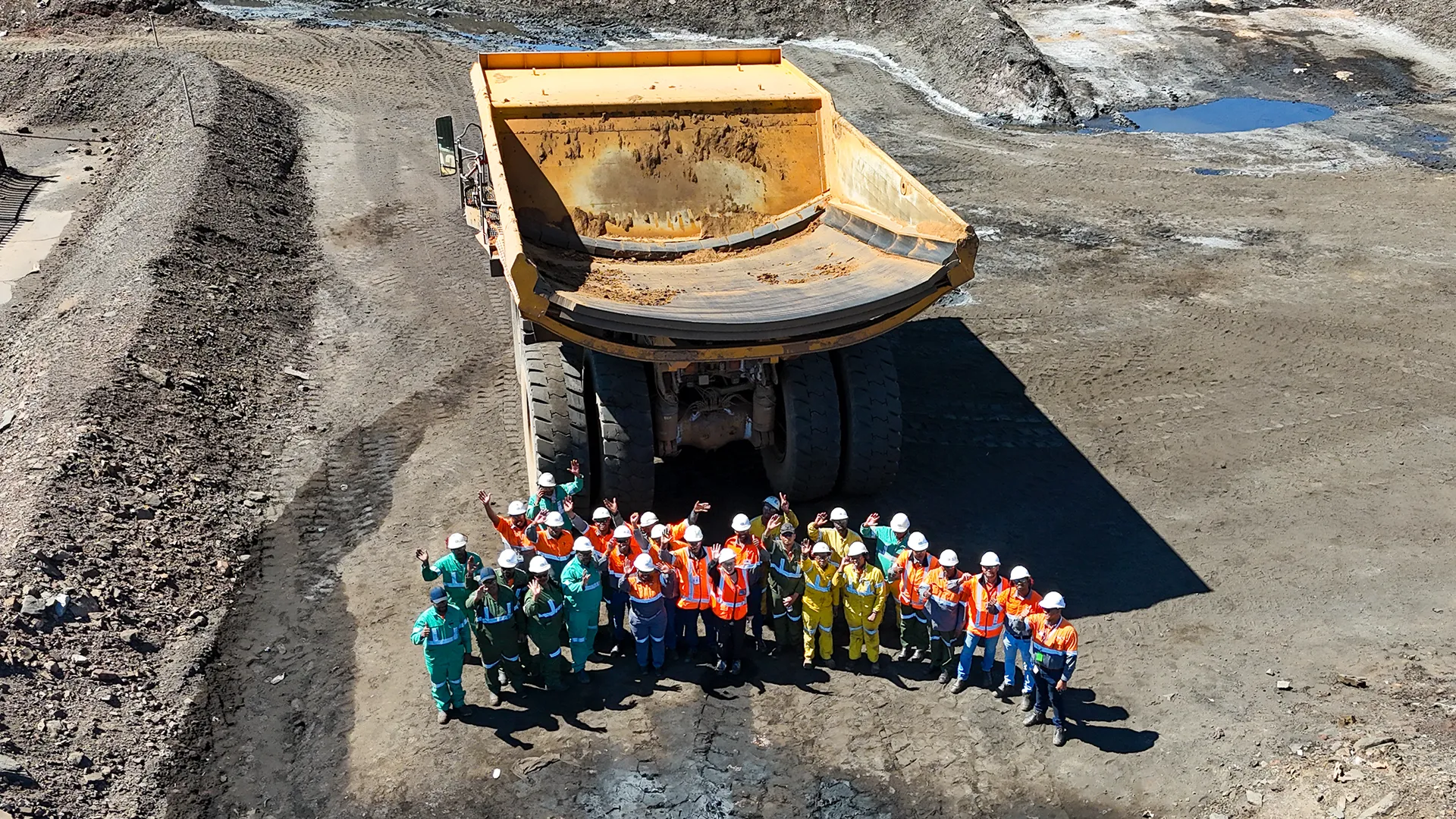
An optimised mine knows that its operators are its most important asset. A haul truck’s output and safety record are tied directly to the driver’s physical well-being and cognitive focus. A fatigued, uncomfortable, or stressed operator cannot perform at their best.
The SDB delivers profound and measurable optimisations to the operator’s environment, directly improving both safety and productivity.
Cutting Down on Whole Body Vibration (WBV)
Whole Body Vibration isn’t just a comfort issue; it’s a serious occupational hazard and a significant drag on operator performance. The constant, jarring shaking transmitted through a rigid steel tray contributes directly to operator fatigue, reduces concentration, and leads to chronic, long-term health problems like musculoskeletal disorders and spinal injuries.
The SDB’s flexible, suspended floor acts like a giant shock absorber for the entire truck, fundamentally changing the in-cab experience.
The Numbers from Drayton Mine:
Rigorous, instrumented testing on a Unit 650 Haul Truck provided clear, unequivocal data on the SDB’s performance in reducing vibration:
- Health-weighted vibration for a standard steel body: 0.611 m/sec²
- Health-weighted vibration for a Duratray SDB: 0.259 m/sec²
To put this in context using the European Union’s Directive exposure action value of 0.5 m/sec², the operational implications are stark. An operator in a standard steel-bodied truck would reach the health guidance caution zone in just 5.4 hours of a shift.
For an operator in an SDB-equipped truck, that same exposure limit extends to nearly 30 hours. This allows for more sustainable work cycles and directly safeguards operator health, reducing fatigue and improving their capacity for focused, safe work throughout the entire shift.
More Proof from BHP Mt Keith:
Further tests that focused specifically on the jarring impact of the loading process—where impact forces are at their peak—showed the Duratray cut peak vibration levels by almost 50%, dropping from a jarring 1.984 m/s² with the steel tray down to a significantly smoother 1.082 m/s² with the Duratray. A smoother, less fatiguing ride allows the operator to remain alert, focused, and productive from the start of the shift to the end.
Engineering a Quieter, Better Place to Work
Loud, repetitive noise is more than a nuisance; it’s a major contributor to cognitive fatigue and it degrades situational awareness. The explosive, metallic crash of rock hitting a steel tray is a loud, sharp acoustic event that assaults the operator’s senses hundreds of times a day.
Testing at BHP Mt Keith quantified the dramatic impact the SDB has on the cabin environment. On one haul truck, the average in-cab noise exposure was measured at 92.3 dB(A) with a standard tray.
After the installation of the Duratray, the average of six separate noise samples dropped significantly to 86.8 dB(A). That 5.5 dB(A) drop represents a huge reduction in sound pressure on the logarithmic decibel scale.
The Result: A Huge Improvement for Drivers
The numbers show just how well it works. The 5.5 dB(A) drop in noise is a massive deal. Because the decibel scale is logarithmic, this isn’t a small change – it represents about a 70% reduction in sound energy hitting the driver’s ears.
For the person operating the truck all day, this technology leads to:
- Better Safety: It significantly reduces the risk of long-term hearing damage.
- Less Fatigue: A quieter cab means a less stressful and tiring work environment.
- Improved Communication: It’s easier for the driver to hear the radio and communicate safely.
In short, it swaps the noisy, clanging metal tray for a quieter, impact-absorbing one, making a huge difference for the health and safety of the truck operator.
The result is a calmer, less stressful workspace that is more conducive to the sustained concentration and clear radio communication required for safe and efficient haulage operations.
Pillar 3: The Biggest Win – Getting Rid of Carryback
If superior longevity and a better operator environment were the only benefits, the SDB would already be a compelling choice. But its most powerful and direct impact on the bottom line comes from its ability to virtually eliminate material carryback.
Carryback is the ultimate enemy of haulage efficiency – it represents wasted capacity, wasted fuel, wasted time, and unnecessary mechanical strain in its purest form.
Measuring the Waste, Delivering the Solution
Carryback is the wet, sticky, and abrasive material that stubbornly adheres to the interior of the dump body after tipping. Its cumulative effect on an operation is staggering, yet it is often accepted as an unavoidable cost of doing business. Operational data from mine sites across the globe demonstrates that this is a solvable problem.
- At Anglo Thermal Coal New Vaal, a trial SDB fitted to a Cat 773 demonstrated virtually zero carryback, load after load. In the exact same operating conditions, standard OEM steel bowls were retaining sticky material equating to approximately 8–10% of their rated capacity.
- At Isibonelo, the optimisation was even more dramatic. In extremely challenging conditions, carryback rates plummeted from an untenable 35% with steel bodies down to a mere 2% with the SDB.
This single achievement – the clean and complete ejection of the payload every cycle – unlocks a powerful cascade of performance improvements across the entire haulage cycle.
1. Haul More Material with Every Trip:
When you get rid of carryback, every truckload is a full, productive one. At the New Vaal trial, this meant the SDB-equipped truck hauled an average of 58.4 tons, while the identical steel-body truck only managed 44.6 tons. That’s a 30% increase in operational efficiency on every single cycle. At Ekati Diamond Mine, it meant a consistent, reliable 8% payload increase. To move the same amount of material, you need significantly fewer trips, which directly translates to less wear and tear on the entire fleet and a lower cost-per-ton moved.
2. Use Less Fuel and Shorten Cycle Times:
Hauling dead weight is an enormous waste of fuel. Carryback is tons of material that you pointlessly haul from the pit to the dump and back again, consuming diesel for zero revenue. Getting rid of it directly and immediately improves fuel efficiency. One operation documented a reduction in diesel consumption from 125 litres per hour with a standard rock body to 102 litres per hour with the Duratray – a 18% saving. Lighter, more efficient trucks also achieve slightly faster cycle times, further compounding the efficiency gains.
This also aligns with critical ESG (Environmental, Social, and Governance) goals by significantly reducing a mine’s carbon footprint.
3. Simplify Site Operations and Remove Bottlenecks:
Carryback creates extra, non-productive work that disrupts operational flow. It forces sites to use dozers or excavators to scrape out trays – pulling them away from their primary jobs – or, in the worst cases, rely on hazardous manual cleaning with shovels and rock hammers.
The SDB eliminates this entire step. By removing the need for tray cleaning, it streamlines the workflow, frees up ancillary equipment for productive tasks, and removes a major process bottleneck and safety hazard. One operational calculation suggests that a single truck can save over 1,600 hours per year in wasted time that was previously spent hauling dead weight and waiting to be cleaned.
Conclusion: The Tray is the Key to Haulage Optimisation
The collective evidence from demanding mining operations all over the world is clear and unequivocal. To view the dump body as just a simple bucket is to overlook one of the most significant and accessible opportunities for operational improvement in the entire mining value chain.
The suspended dump body is not a mere component; it’s a high-performance, engineered system that actively contributes to a more efficient, more reliable, and more profitable mine.
The benefits are real, measurable, and multifaceted:
- Reliable Performance: It delivers unrivalled longevity, even in the most punishing conditions, allowing you to plan for maintenance instead of constantly reacting to expensive failures.
- More Uptime: It transforms major maintenance events, cutting downtime from weeks to a single day and keeping your valuable haul trucks on the road and earning revenue.
- Better Operator Performance: It engineers a fundamentally safer and more comfortable cab environment, leading to more focused, alert, and productive operators.
- Total Process Efficiency: By systematically eliminating the systemic waste of carryback, it ensures every load is a full one, saving fuel, reducing emissions, and simplifying your entire site operation.
In an industry that is relentlessly focused on finding small, incremental advantages, the SDB offers a rare, non-marginal, transformative improvement. It is a strategic investment that pays dividends by optimising the entire haulage cycle. When you improve the tray, you improve everything that depends on it: the payload, the truck, the operator, and the bottom line. For the pursuit of true operational excellence, the tray is everything.
Ready to see how a suspended dump body could improve your specific haulage operation? Contact the Country Manager in your region for a site-specific performance review and see how your current efficiency stacks up against the proven gains outlined in this guide.
Transporte minero más inteligente en todo el mundo - Por Duratray - el innovador #1
Disclaimer
The performance data and case studies referenced are from specific operational trials. Actual results may vary based on site conditions, material characteristics, and equipment configuration. This information is for illustrative purposes and does not constitute a performance guarantee. It is the responsibility of the reader to conduct their own technical assessments with Duratray and validate the suitability and safety of any equipment for their specific application. Duratray International disclaims all liability for reliance on this information.

